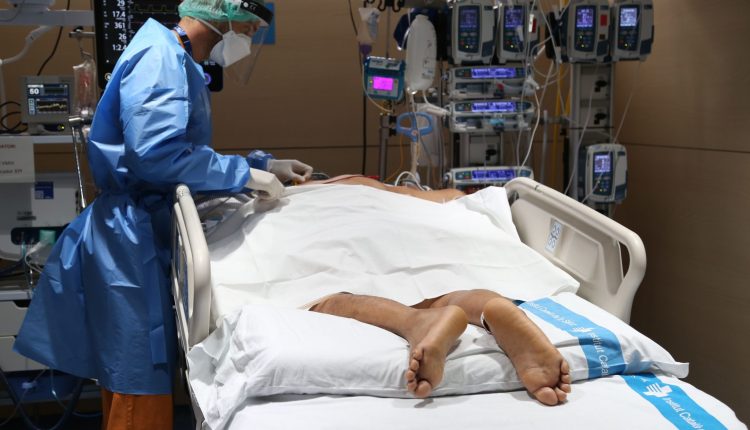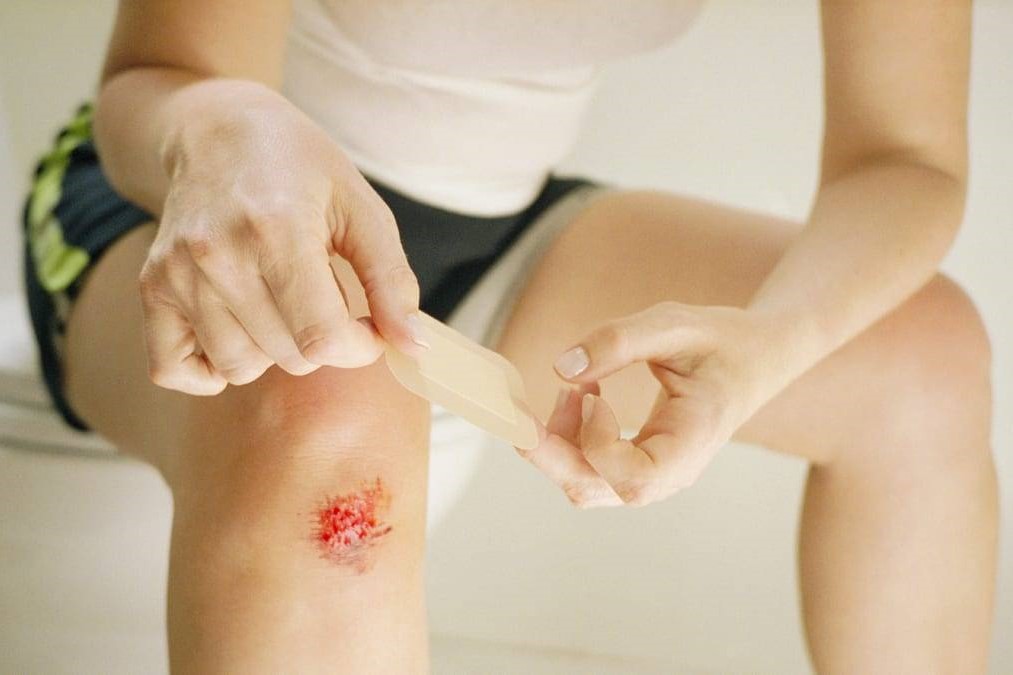
Overview of necrosis: what it is, what the consequences are and how to intervene
Necrosis in the death of tissues of the body. Necrosis can be treated, with the dead tissue being removed, but the affected tissue can not be returned to good health
Types of Necrosis
One common type is caused by damage from frostbite.
During frostbite, the tissues are severely damaged by cold, and if the condition is not treated quickly, the frostbitten areas turn black and die.2
These black areas are necrotic, or affected by necrosis, and cannot be healed and are typically removed during surgery.
Another type of necrosis happens when a clot, such as a deep vein thrombosis (DVT) forms in a blood vessel and blocks blood flow to an area of the body.
If blood flow is not restored quickly, the area starves for oxygen and eventually dies.1
This usually happens in the legs (but can happen anywhere in the body) and can result in the loss of tissue below the site of the blockage if the blood vessel is completely blocked.
Necrosis: Causes and Risk Factors
Necrosis is caused by a lack of blood and oxygen to the tissue. It may be triggered by chemicals, cold, trauma, radiation or chronic conditions that impair blood flow.1
There are many types of necrosis, as it can affect many areas of the body, including bone, skin, organs and other tissues.
It isn’t always a clot or cold that leads to necrosis, these are just common examples.
Many types of injuries can cause enough damage that necrosis happens.
Infection can destroy surrounding tissues until they become necrotic, as can trauma like a car accident or fall from a ladder.
Any time blood flow is blocked to an area, or an area is so damaged that blood can not flow to and from it, necrosis may be possible.
Treatment
The good news (and bad news) is that a complete blockage of blood flow is typically painful, and usually painful enough that the individual seeks treatment immediately.
Treatment may include surgery to restore blood flow or to remove the damaged tissues, antibiotics to prevent or treat infection, or treating the burn or other issues that caused the initial damage.1
References:
- Adigun R, Basit H, Murray J. Necrosis, cell (liquefactive, coagulative, caseous, fat, fibrinoid, and gangrenous). StatPearls.
- Basit H, Wallen TJ, Dudley C. Frostbite. StatPearls.
- Khalid N, Azimpouran M. Necrosis. StatPearls.
- Adigun R, Basit H, Murray J. Cell liquefactive necrosis. StatPearls
Read Also:
Emergency Live Even More…Live: Download The New Free App Of Your Newspaper For IOS And Android
How Is Triage Carried Out In The Emergency Department? The START And CESIRA Methods
Prone, Supine, Lateral Decubitus: Meaning, Position And Injuries
First Aid: How To Help Someone With Stab Wounds
Palpation In The Objective Examination: What Is It And What Is It For?
Wounds And Pressure Ulcers: The Importance Of ‘Difficult Wound’ Prevention




